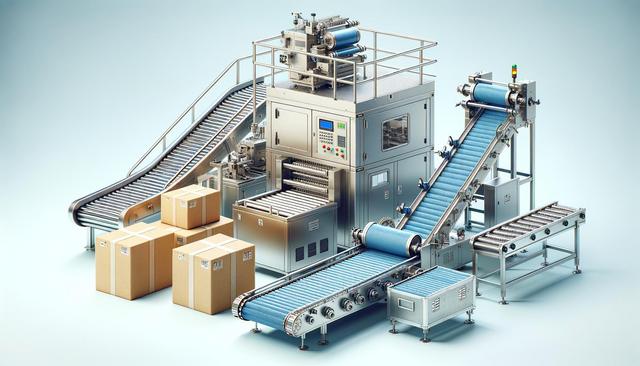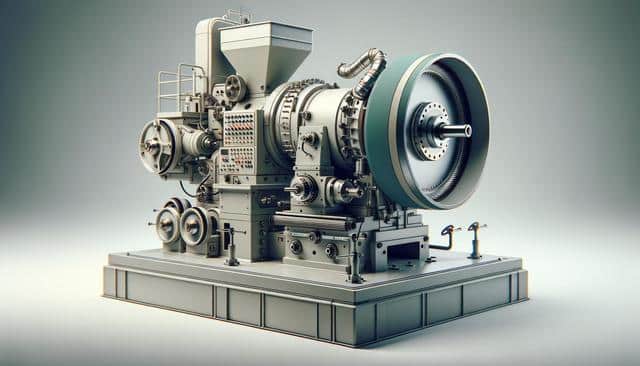
The Role of Thermal Agitation in Thermodynamics and Material Behavior
Understanding Thermal Agitation at the Microscopic Level
At the microscopic scale, all matter is composed of atoms and molecules in constant motion. This motion, known as thermal agitation, becomes more vigorous as temperature increases. Even in solids, where particles are tightly packed, atoms vibrate in place due to thermal energy. In liquids and gases, this movement is more pronounced, with particles moving freely and colliding with one another. The intensity of this agitation is directly related to the temperature of the system, making it a key factor in thermodynamic behavior. Essentially, thermal agitation is the manifestation of heat energy at the particle level, and it provides a foundational explanation for many macroscopic phenomena observed in materials.
Thermal agitation contributes to a system’s internal energy, which is comprised of:
- Kinetic energy from particle movement
- Potential energy from interactions among particles
This internal energy plays a critical role in determining how substances change state, conduct heat, and behave under various physical conditions.
Thermal Agitation and the Laws of Thermodynamics
Thermal agitation is a core concept underpinning the laws of thermodynamics. According to the first law, energy cannot be created or destroyed, only transformed. Here, thermal agitation represents the internal energy that can be converted into work or transferred as heat. For example, when a gas expands in a cylinder, the random motion of its molecules exerts pressure on the piston, doing mechanical work. This process exemplifies how microscopic motion translates into a macroscopic energy exchange.
The second law of thermodynamics introduces the concept of entropy, a measure of disorder. As thermal agitation increases, so does entropy, especially during processes like melting or vaporization. In such transitions:
- Particles gain energy and move more freely
- Disorder within the system increases
- Energy becomes more uniformly distributed
This law explains why certain processes are irreversible and highlights the link between thermal agitation and the natural direction of energy flow—from hot to cold regions.
Material Properties Influenced by Thermal Agitation
Thermal agitation significantly affects the physical properties of materials. As temperature rises and particle motion intensifies, materials often exhibit changes in behavior. For instance, increased agitation in metals leads to greater electrical resistance, as vibrating atoms interfere with the flow of electrons. Similarly, thermal agitation can weaken intermolecular forces, reducing a material’s tensile strength or elasticity.
Key material characteristics influenced by thermal agitation include:
- Thermal expansion: As particles vibrate more, they push apart, causing the material to expand
- Phase transitions: Solids melt and liquids evaporate when agitation overcomes cohesive forces
- Diffusion rates: Particles move more rapidly through materials at higher temperatures
Understanding these effects is crucial in designing components for temperature-sensitive environments, such as aerospace or electronics, where material performance must remain stable under thermal stress.
Thermal Agitation in Different States of Matter
The impact of thermal agitation varies depending on the state of matter. In solids, atoms are arranged in fixed positions within a lattice, and agitation is limited to vibrational motion. As temperature increases, vibrations intensify, potentially leading to structural changes or melting. In liquids, particles have more freedom to move past one another, resulting in moderate agitation. This increased mobility enables fluid flow and facilitates heat conduction.
In gases, thermal agitation is most pronounced. Gas molecules move independently and at high speeds, colliding frequently. This behavior explains several gas laws, such as:
- Pressure increase with temperature (Gay-Lussac’s Law)
- Volume expansion with heat (Charles’s Law)
- Energy distribution in molecular collisions (Maxwell-Boltzmann distribution)
Each state of matter responds uniquely to temperature changes, and this response is governed by the level of thermal agitation within the system.
Applications and Technological Implications
Thermal agitation is not merely a theoretical concept—it has practical implications across various scientific and engineering disciplines. In material science, understanding how particles behave at different temperatures aids in developing heat-resistant alloys and polymers. In electronics, designers must account for thermal agitation when managing heat generation and minimizing signal noise in circuits. The field of nanotechnology also relies on precise control of thermal energy to manipulate particles at the nanoscale.
Real-world applications influenced by thermal agitation include:
- Thermal insulation materials that minimize energy loss
- Phase change materials used in energy storage systems
- Temperature-sensitive pharmaceuticals that require controlled environments
By leveraging insights into thermal agitation, engineers and scientists can innovate more efficient systems, from energy management solutions to advanced manufacturing techniques.
Conclusion
Thermal agitation plays a foundational role in thermodynamics and material behavior, influencing everything from molecular motion to large-scale energy transformations. By understanding how this microscopic motion contributes to internal energy and affects physical properties, we gain deeper insight into the principles governing energy systems and material performance. Whether in the context of scientific research or industrial application, recognizing the impact of thermal agitation enables more informed decisions and technological advancements in fields where temperature and energy dynamics are critical.


